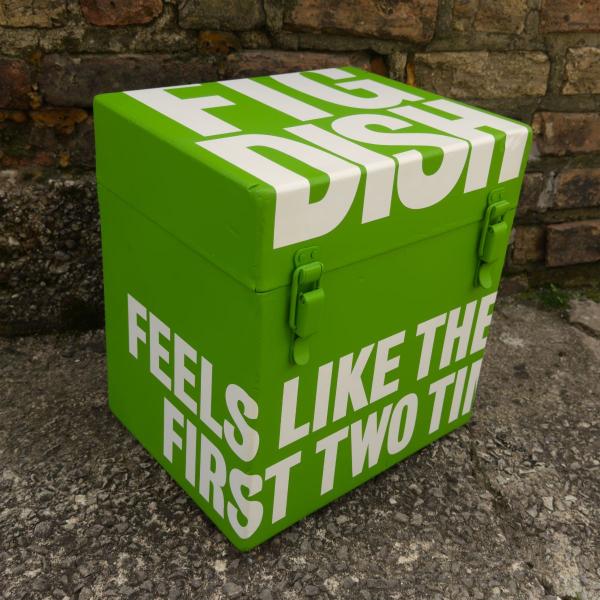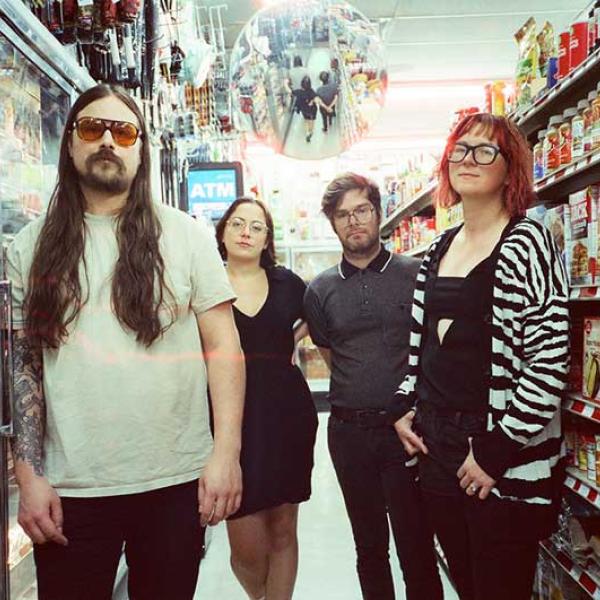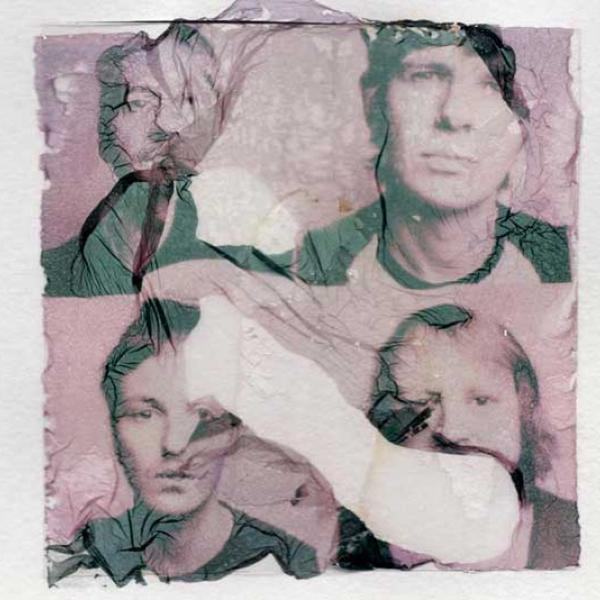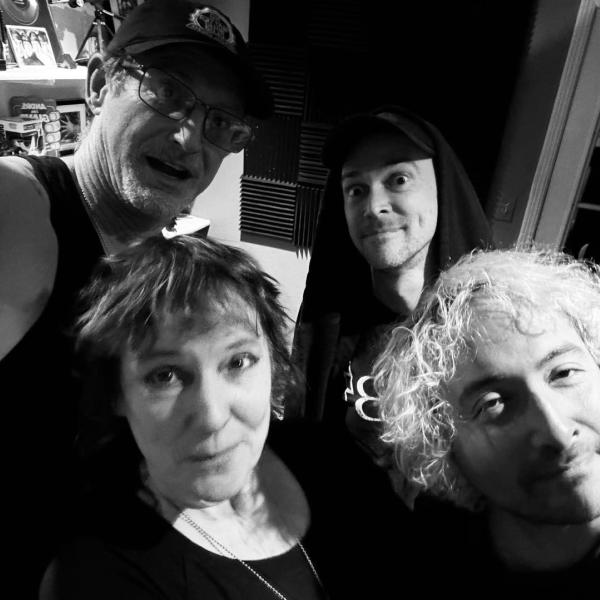Upcoming Releases

A recent Reddit thread was titled, “Fig Dish might be the least popular band of the grunge era according to Spotify.”
Now, you should probably emphasize the “era” in the phrase “grunge era”—Fig Dish wasn’t grunge and were far more likely to be compared to midwestern bands like Cheap Trick, the Replacements, and Hüsker Dü. And like those bands, Fig Dish had a penchant for combining pop melodies, noisy guitars, and angsty lyrics.
So, who was this band that Chicago Magazine called “the folkloric Chicago outfit”? Let’s start with the name. Fig Dish didn’t name themselves after a soft, sweet, fleshy fruit; rather, the name is a phonetic approximation of the German expletive, fick dich. (make of that what you will). Fig Dish were four high school friends: guitarists/vocalists Rick Ness and Blake Smith, bassist/vocalist Mike Willison, and drummer Andy Hamilton. In their day (a day that began in the late Winter of 1990 and ended in the early summer of 1998), they were known for catchy songs, memorable (often booze-fueled) live shows, and self-sabotage. But before the Illinois Entertainer could write a sentence like “I would walk through a sniper’s alley to see this band live,” the band had to make some changes, meaning they had to start drinking after rather than before shows to avoid eliciting reactions like this one, from a Pittsburgh music critic: “they were so sloppy they made The Replacements look like Rush.”
But what about this reputation for self-sabotage? Exhibit A: they once planned a show with three other Chicago bands—Triple Fast Action, the Hushdrops, and Nectarine—in which each band was assigned to play one side of Neil Diamond’s double album, Hot August Nights. But the second wave of the so-called Chicago “feeding frenzy” that was destined to swallow Veruca Salt, Local H, Loud Lucy, and The Smoking Popes was gaining traction, and when the bands heard that hungry A&R people from Geffen, Columbia, and Capital planned to attend the show, everyone decided to play their own material—except Fig Dish, who stuck with the original Neil Diamond plan. Let’s just say that a record contract was not forthcoming after that show. Or for the next several months.
For a while, Fig Dish couldn’t get arrested, and it appeared that the band needed to resort to lies and deception to gain label interest. So, in the Fall of 1994, they packed a few envelopes with their latest demo and sent it to several A&R people with a fake note reading, “Hey [insert A&R person’s name]. I just saw these guys at CBGBs. Really great band—totally your type of thing” and signed the note “Steve,” figuring most people probably know a couple Steves. The power of suggestion can be very powerful, and the ruse paid dividends remarkably fast. Polygram called a couple weeks later, flew to Chicago to see a live show, and then signed the band in early January of 1995. Three weeks later they were in Woodstock, NY at Dreamland Studios recording basic tracks for their debut album, That’s What Love Songs Often Do, with famed producer/engineer, Lou Giordano (known for his work with Bob Mould, Mission of Burma, Big Dipper, and Sunny Day Real Estate). As you might imagine, Fig Dish learned a valuable lesson from this experience: deception works much better than Neil Diamond songs.
In July 1995, Fig Dish’s debut was released. And just like that, the band was catapulted from regional obscurity into national obscurity. The album cycle had an auspicious start. MTV played the video for the band’s first single, “Seeds” and Fig Dish toured the U.S. and Canada relentlessly with bands like Veruca Salt, The Muffs, Letters to Cleo, Juliana Hatfield, Local H, and The Rentals. But bad luck seemed to follow them. On their way to Vancouver, the band was searched by Canadian border patrol because they found the diabetic drummer’s syringes and thought they had caught junkies; they threw a half-eaten submarine sandwich from the 7th floor of the Hyatt in Hollywood, CA, which splattered on the head of Marilyn Manson (I mean, what are the odds?); Alex Chilton, after witnessing the band perform a 6-minute version of Big Star’s “You Can’t Have Me,” told them, “that song deserves to be ruined!” (Oddly, he was criticizing himself as much as the performance); a month before recording their second album, they had a near-fatal accident in Nebraska when their van and trailer spun out on some black ice on I-80, tipped over, and skidded within a few yards of some oncoming semi-trucks. A year later, with a new album out, they made a controversial music video featuring adult film stars for the single, “When Shirts Get Tight.” But MTV’s refusal to play the risqué video meant that album sales flatlined and the band was eventually dropped by an indifferent Polygram Records in the summer of 1998.
It was at this low point, after that video had failed to save the band’s record deal, that they regrouped and began putting together another LP’s worth of songs, recorded and mixed by Andy Gerber at his Chicago studio, Million Yen. However, unable to find a new label, Fig Dish gradually splintered into other projects. Mike and Blake formed the electronic-tinged Caviar (and later Prairie Cartel with Local H’s Scott Lucas) while Rick formed the prog-influenced outfit, Ness, with When Shove Goes Back to Push drummer, Bill Swartz, and Veruca Salt’s Jim Shapiro. This third step in Fig Dish’s musical evolution remained in the musty Million Yen vaults in Chicago for two and a half decades. As producer, Andy Gerber, said, “quite a few gems got left on the table.” Something pretty close to what that third Fig Dish album might have been, had it come into actual existence in the late ’90s, is now before you.
The album will be released on vinyl and all streaming platforms on September 6th, 2024, on Forge Again Records.








